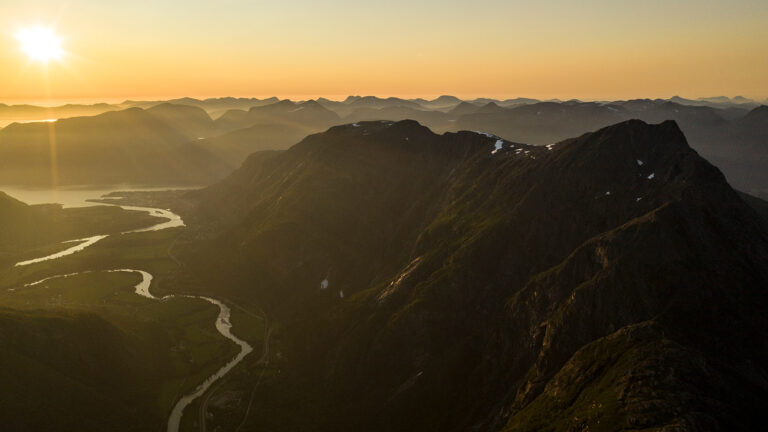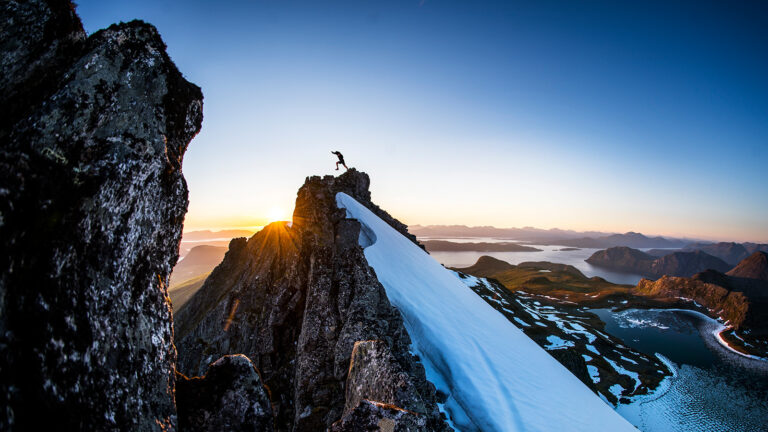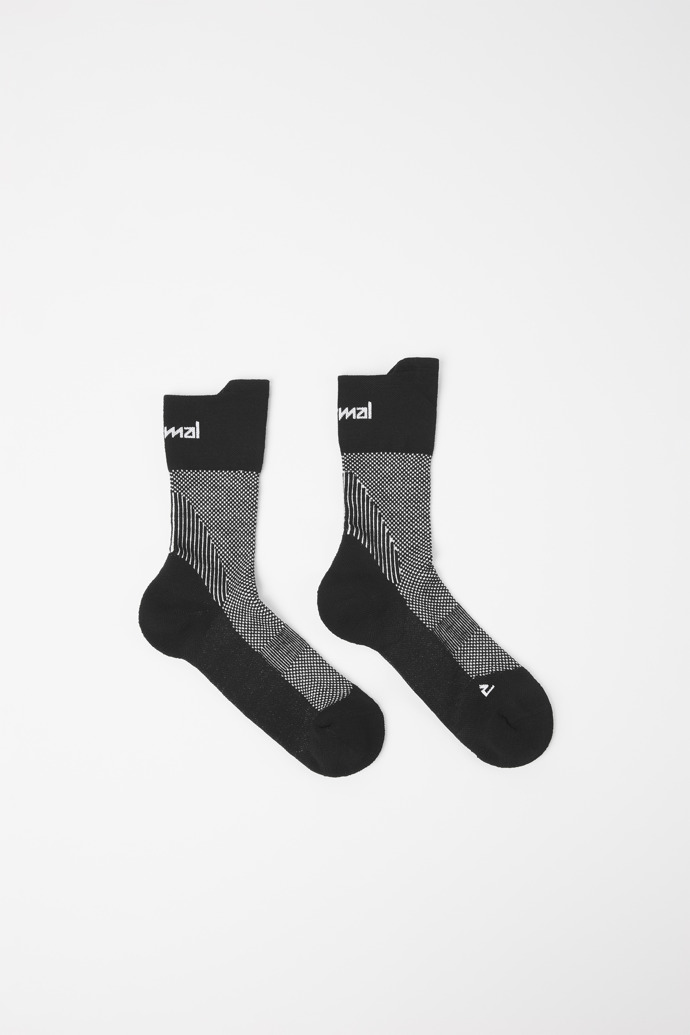
How to Plan the Perfect Hiking Trip
Are you hiking for the first time? Find out how to make the most out of the activity, and choose the best places to hike and the right gear.

One of the best ways to have fun outdoors is through hiking. A well-planned hike allows you to explore the outside, interact with nature and enjoy various health benefits. What some people don't know, though, is that there is a right and wrong way to hike or trek. So, if it's your first time, learn all you need about the activity beforehand. Whether you intend to hike for a few hours or over several days, know what you are getting into. This guide covers a few basics.

What is hiking?
A hike is a walk in a natural setting, such as a forest, park, or mountain. It can be for a short or long distance. A hike is an outdoor activity that you can engage in for physical wellness or adventure. You need to carry specific equipment for a trek, especially if you are doing a long distance. The activity is progressive, meaning you gain experience with each trip. Your skills determine the right adventure because hikes are available in different forms. Since you are on this guide, you are still learning about hiking and could use all the information you can get.
After reading the above essentials, you are ready to plan a fun hike. Ensure you pick trails keenly, research the environment, have the basics, and know how to stay safe during the trip. Whether hiking alone or with a group, make adequate preparations for a successful adventure.
Benefits of hiking
Why should hikes be part of your interests? Trekking has various advantages that make it worth the time and effort.
The physical advantages are the most obvious. A hike is a common way to exercise because it boosts your physical well-being. For one, it’s excellent for your heart. The energy you exert during the activity increases the heart and respiratory rates. Exercising the heart muscles reduces the risks of excess cholesterol, hypertension, and poor glucose tolerance.
You improve your fitness when you hike because you build muscles. The legs and core benefit the most, but over time, you also add muscle to your back and arms. Since a hike chiefly involves walking on a trail with a degree of elevation, you work out almost every muscle. Therefore, if you are looking to get fit while enjoying nature, hikes are the best solution.
Besides your physical well-being, hikes are good for mental health. The outdoors are great stress relievers.
When under a lot of pressure, a hike lets you walk out that anxiety. Also, you get away from stressors for a while. Whether it’s cold or the sun is blazing, being in nature is good for your mental wellness. The natural environment can rejuvenate you.
You can use the activity to socialise. If you have trouble making friends, talking to people with similar interests
is the quickest way to begin. Engaging with other hikers on forums, planning group trips, and teaching others can help you forge meaningful relationships.
The best routes for hikes
For a great hike, you first need to decide where to go. This choice determines how the trip turns out. Select a location, then narrow down the routes by sticking to the ones that match your skills. A beginner would typically hike the easiest trails. You can try treacherous terrains when your confidence builds up.
The trip’s duration dictates the distance. If you want a long hike, the trail should be enough for the intended period. Remember to calculate the distance to and from the trailhead. Always pick a route your fitness can accommodate. If other hikers are joining you, then consider their needs as well.
Your physical fitness influences your trail selection. Don’t pick a route that will make the hike strenuous and too challenging. Don’t punish your body, regardless of what you want to get out of the activity. Thus, compare difficulty levels carefully before settling on a route.
The exact location matters because it determines the logistics involved. Is the hike part of a larger experience, like a safari? If so, you would have so much more to plan for than if it was a local trip—factor in the start and endpoints. If the trail begins and ends in different areas, you might have to arrange for transport to get back home.
Consider the time of the year. Winter and the rainy season are not suitable for hikes since most trails are inaccessible. If your trekking trip is during these periods, ensure you learn the necessary safety measures.
How to prepare for a trek
Proper preparations minimise the risk of something going wrong during a hike. Start by getting ready physically, particularly when covering a long distance. Exercises will prevent common trekking injuries. Create a workout routine at least four weeks before the hike.
If you got new footwear, wear it to break it in. Give your feet the chance to get used to them. Carry the backpack you will be using for the trip to see how it feels. Load it bit by bit until you reach the weight you will carry during the trek. The point is to get your body used to the load in advance.
Make a list of everything needed for the hike to avoid forgetting. Check this list when packing.
How to prevent injuries
Suffering an injury on a hike can ruin the experience. So, learning a few useful tips can help you ensure a rewarding adventure. Blisters are the biggest challenge among hikers. The best way to avoid them is by getting shoes that fit correctly. Your boots should be comfortable and preferably waterproof. Wear soft socks and keep your feet dry at all times. If a blister develops, cover it with athletic tape to prevent tearing.
The outdoors means coming into contact with all kinds of insects, some of which bite. Prevent nasty insect bites by covering as much skin as possible. You can also apply repellant to keep the insects away.
Avoid muscle cramps by drinking water throughout the hike to prevent dehydration. Stretching before the trip should help too.
Essential hiking gear
A hike can go wrong due to incorrect or poor quality gear. Although the activity doesn't require high-tech equipment, you still need a few basics. The first thing to choose is the right footwear. Invest in top-rated boots. Whether they are low or high is a personal preference. Focus on good support. Get footwear that can handle the terrain you plan to trek.
You require a sturdy backpack for the items you will carry for the trip. It must be lightweight with sufficient storage. A capacity of at least 20 liters should do.
Depending on the weather, you can bring a jacket along. Pick a jacket that is light enough to hike with while protecting you from the elements. The fabric should be breathable.
Include a first aid kit in your gear, especially when going for long hikes. Bandages, wraps, and pain medication are some must-haves.
Hiking vs Trekking vs Walking
You know what a hike is, but how is it different from a walk and trek? Walking is the action of using your legs to get from one point to another. You can walk in various environments and for different distances. Trekking is associated with mountainous terrain. It usually involves walking in elevated areas and happens over several hours or days. 'Hike' and 'trek' are sometimes used interchangeably, particularly if the activity is in a mountainous region.
After reading the above essentials, you are ready to plan a fun hike. Ensure you pick trails keenly, research the environment, have the basics, and know how to stay safe during the trip. Whether hiking alone or with a group, make adequate preparations for a successful adventure.
Photography: Matti Bernitz; Kilian Jornet
Share with a friend

Deine NNormal-Schuhe beinhalten ein Geschenk!
1. Füge die NNormal-Schuhe Tomir (Tomir 01, Tomir 02, Tomir WP) oder Kjerag 01, die dir am besten gefallen, dem Einkaufskorb hinzu. 2. Wenn du dir mit der Bestellung sicher bist, folgenden Code kopieren und in das Feld „Promotional code“ des Einkaufskorbs einfügen: FREESOCKS24. 3. Die Laufsocken werden automatisch deinem Einkaufskorb hinzugefügt. 4. Kauf abschließen.